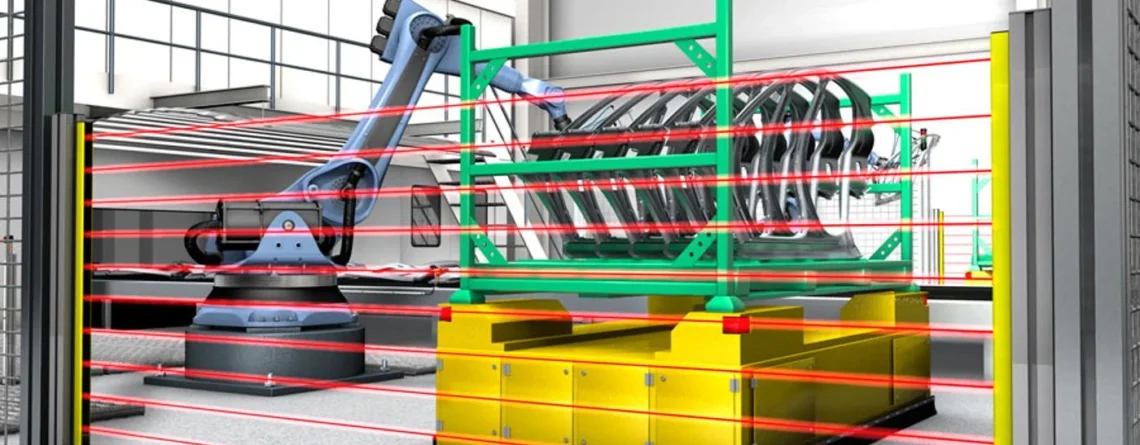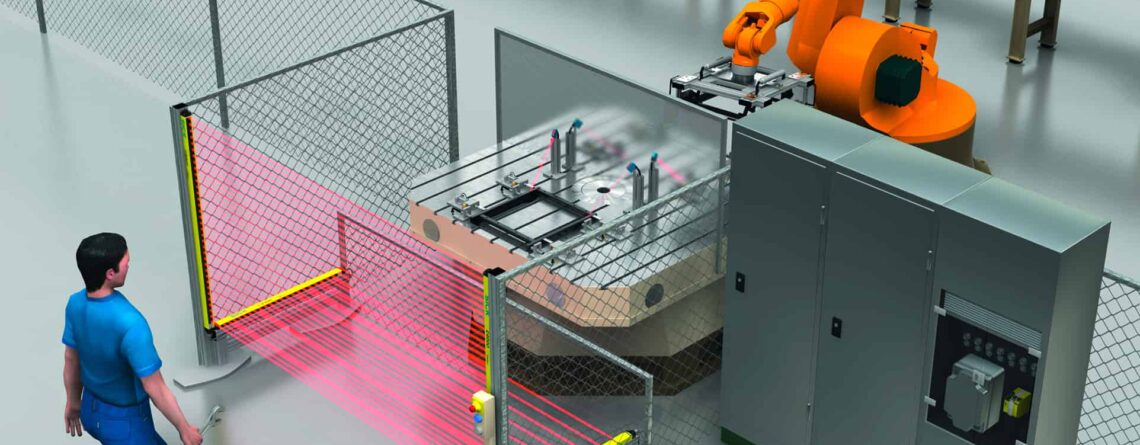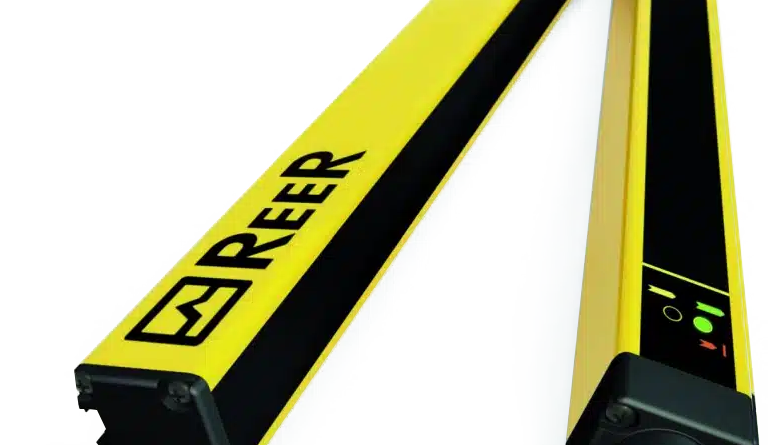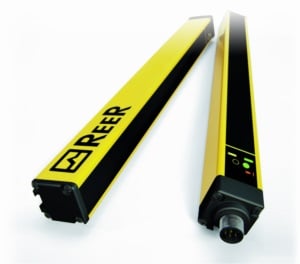26Mar
25Mar
Benefits of Using Safety Light Curtains
What are Safety Light Curtains
Definition and Functionality
Safety light curtains are advanced presence-sensing devices used to protect personnel from hazardous areas in industrial environments. They operate by emitting infrared light beams across a defined sensing field. When any object—such as a hand or finger—interrupts the...
25Mar
How Do Safety Light Curtains Work?
Understanding Safety Light Curtains
Safety light curtains are advanced presence-sensing devices designed to protect operators from dangerous machinery while allowing safe, hands-free access to work zones. Common in industrial automation, these devices emit a field of invisible infrared beams between a transmitter and receiver....
24Mar
What Are Safety Light Curtains?
How Does Safety Light Curtains Work
Emission of Infrared Beams
Safety light curtains operate by emitting invisible infrared beams across a protected area, usually between a transmitter and a receiver. These beams form a detection grid—when uninterrupted, the system allows the machine to run. If any...
26Sep
Muting Light Curtains. How does Muting Work? Learn NOW.
Overview of light curtains and muting
As discussed in our two previous blog posts, safety light curtains from ReeR are an effective and innovative method to protect workers from hazardous environments. Light curtains...
16Sep
Measured Risks, Invisible Barriers: How ReeR Light Curtains Keep You Safe
SAFETY & MEASUREMENT light curtains overview SAFETY
In manufacturing and automated industries, worker safety is paramount. Machinery that poses hazards during operation must be safeguarded with clear boundaries to prevent accidents. Even in the safest environments, all it takes is an unknowing factory visitor or a...
05Jul





